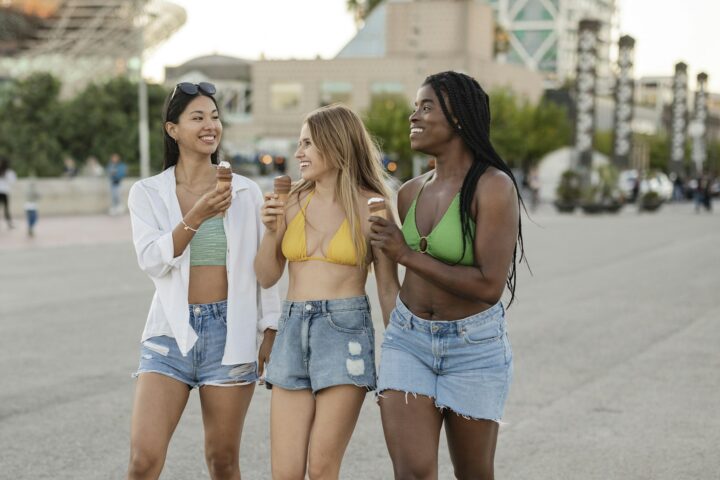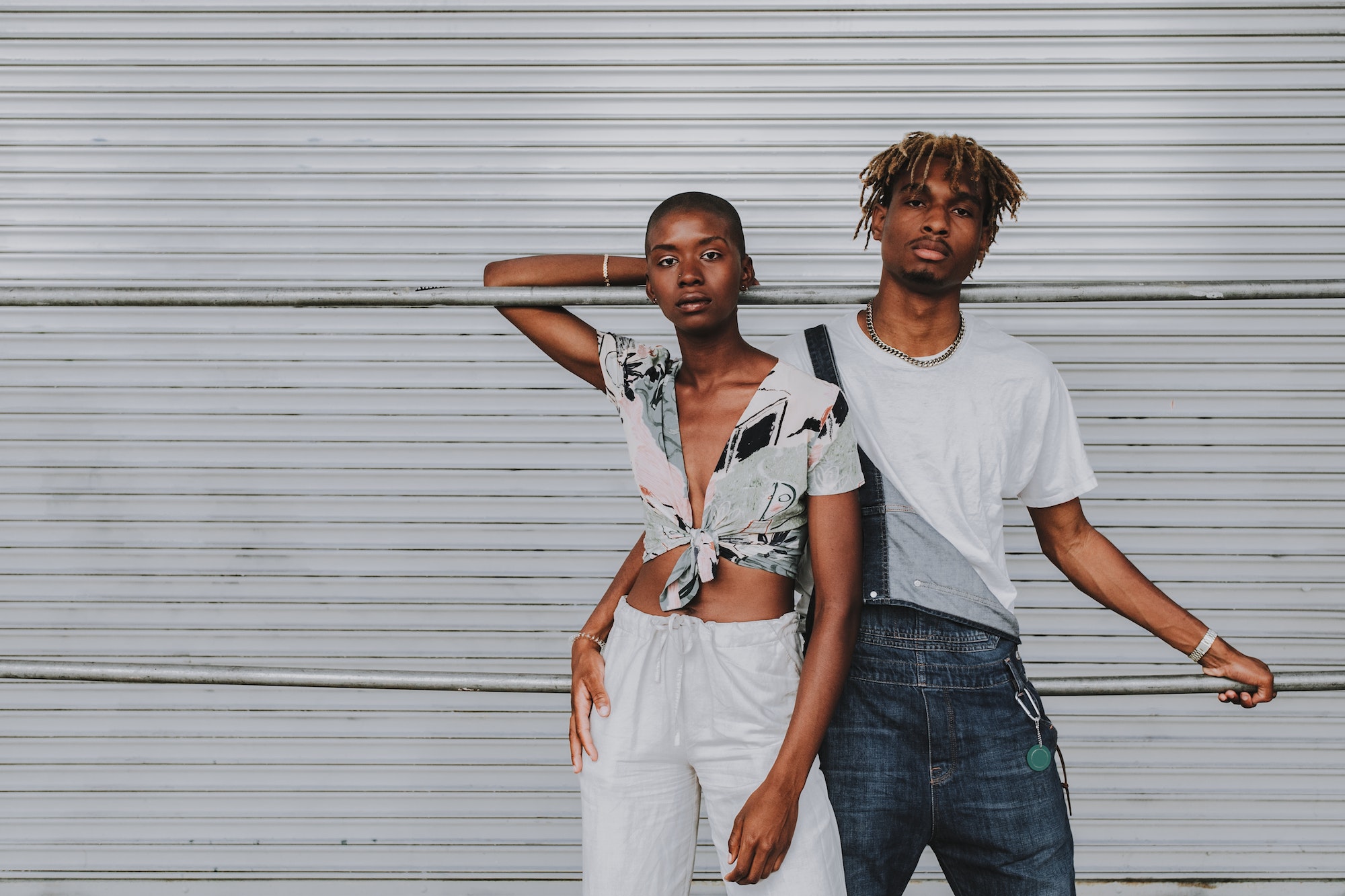Intro:
Photography is an inherent art that portrays the relationship between two characters, the photographer, and the model. Due to this complex relation, the ownership of an image often becomes a debatable subject. With the advent of modern technology and the outspur of social media, the unauthorised usage and commercial transfer of artworks has become a poignant issue discussed by professionals and scholars all around the world.
Laws surrounding photographs in India:
Photographs are pieces of art protected as an intellectual property of its creator. The copyright law in India is superintended to regulate all works of creative labour. A photographers’ rights are protected by understanding images under the category of “Artistic works”. The legislators have made strenuous attempts to identify the ideals of authorship and ownership under image protection to simplify the process of assignment of utility under the Indian Copyright regime. According to Section 17(a) of the Indian Copyright Act 1957, unless any exception is specifically stated via a pre-dated contract the authors of a creative and original piece of work will be titled the ‘first owners’ of the work, and all corresponding rights in copyright and commercial transfers will vest with them[1]. Section 51 of the Act safeguards the photographer’s interest against infringement of his works[2]. These laws pertain not only to traditional tangible copies but also digital works, including works published on social media sites, the copyright Act in India is a comprehensive and nuanced piece of work which is capable of superseding all confectionary terms laid out by private companies. In 2018 the case of Fairmount Hotels Pvt. Ltd. v. Bhupender Singh dealt with the controversial Statement of Rights and Responsibilities on the Facebook handle; Facebook included an IP license term with its posting conditions stating that the uploader of any content on their site would license his intellectual property rights to Facebook in the form of a non-exclusive, transferable, sub-licensable, royalty-free, worldwide license. Thus giving Facebook the ownership over such content; however through the verdict in the above-mentioned case the Indian Copyright Act reinstates its extensive nature in effectively safeguarding the rights of content creators across India[3].
The rights of photographers under the copyright Act in India is exhaustive, and includes right to reproduce a work, right to make an adaptation of the same, protection against infringement and right to claim damages or order restrictions against distortion or modifications under Section 57[4].
While such protections have existed enduringly the recent troubles caused by the influence of social media and internet have dissipated the tenacity of copyright protection. Any image ever uploaded on the internet will be available to others. Pinterest and Google have blurred the origins of such images and the growth of social media modelling and paparazzi shoots have made us question the verity of right rightful owner theory.
In one instance paparazzo Robert O’Neil accused model Emily Ratajkowski of copyright infringement for posting a picture street image of herself on her social media without the paparazzo’s permission. In the now-settled case, Ratajkowski defended herself with some valid and thought-provoking arguments including ‘transformative use’ in an attempt to highlight the predatory nature of paparazzi shoots. She also presented the argument that under federal copyright law, a photographer is only termed the author and the first owner of an image if he and choreographed the image[5]. Even relying on Bleistein v. Donaldson lithographic Co debate to mark a copyright exception for an ordinary image as supposed to be an original work[6].
In the age of rapid reproduction, creatives on social media are posting works by other artists to enhance their feeds, or model to a portfolio shoot and are positing individual pictures of themselves without seeking prior permission from the photographer or crediting them in the same. This creates a dissonance in the conservation of a photographers copyright. While the issues surrounding infringement can be boundless we must understand a photographic work to be inseparable to its creator and to protect such rights we shall shift our focus to pre-emptive strategies to protect such rights. A ‘photography usage rights agreement’ is one such mechanism to prevent copyright infringement[7].
Securing the rights of the rightful owner:
Professional photographers have raised concerns over economic and integral loss due to the rigorous copying of their works. A photograph is an end result of a finely directed process of creative labour. Verbatim copying of such work results in unfair labour practices, emotional and commercial loss as well as emotional damages due to loss of identity and distinctiveness[8]. To avoid such harms and regulate reuse practices a copyright agreement should be penned to elucidate the rights and obligations of all parties involved in the creative process.
All natural rights to an image lie with its first owner, unless an agreement to the contrary is stated the first owner is always recognised as the photographer. To amend such rights the interested party must draft an agreement with the photographer in advance or before any commercial use of the photo to outline the ownership criterion for the artwork.
The artwork can be a self-collection by the artist himself or a work- made for hire, where the ownership resides with the client. In the case of a self-piece the author has the right to license or assign his work to another party. An owner can also issue a creative commons license for his copyrighted work to give to others the right to share, use, and build upon his creation.
The ownership of a physical copy of an image doesn’t not mean the holder has a right over that image, a right to use only flows with an explicit transfer of copyright or via an agreement between two parties. When a client commissions a work, it is most recommended to use a photography usage rights agreement. This agreement enunciates that the photographer is appropriately paid for his labour and the client can use the image for their personal as well as commercial purposes.
A Photography Usage Rights Agreement includes the description of the image, the terms of licencing, the licencing fee, the duration, editing rights, sublicense rights, and any other limitations as the owner may please. While a licencing agreement is for a specific time period, the author may also choose to assign their work to another party by “giving away” the ownership of the same. This is not usually recommended as the photographers lose all rights over their unique work and their creation is at a danger of being exploited by the third party[9].
The agreement between a photographer and the client is like a personalised negotiation based on a variety of factors, including the complexity of the project, the need for equipment and assistants, the turnaround time, the reputation and experience of the photographer, and any prior relationships with the client. As a fee-for-service contract, the definite relation created between the parties ensues trust in their professional relation, while creating a strong barrier against a possible breach of contract. A licence to a client is their vanity whereas a shield to the creator.
[1] S.17(a), Indian Copyright Act 1957
[2] S.51, Indian Copyright Act 1957
[3] Fairmount Hotels Pvt. Ltd. v. Bhupender Singh, CS(COMM) 111 of 2018; Apoorva Mandhani, Delhi HC Recognizes Copyright on Photos Uploaded on Facebook, available at https://www.livelaw.in/delhi-hc-recognizes-copyright-photos-uploaded-facebook-read-order/.
[4] S.57, Indian Copyright Act 1957
[5] Bleistein v. Donaldson Lithographic Co., 188 U.S. 239, 251-52 (1903)
[6] O’Neil v. Ratajkowski et al, 1:19-cv-09769 (SDNY).
[7] Jessica Silbey, Justifying Copyright in the Age of Digital Reproduction: The Case of Photographers, 9 UC IRVINE L. REV. 405 (2019).
[8] What Photographers need to know about copyright Law, Copyright Alliance (2022) https://copyrightalliance.org/education/industry/photographers/ (last visited Dec 14, 2022).
[9] Id.










